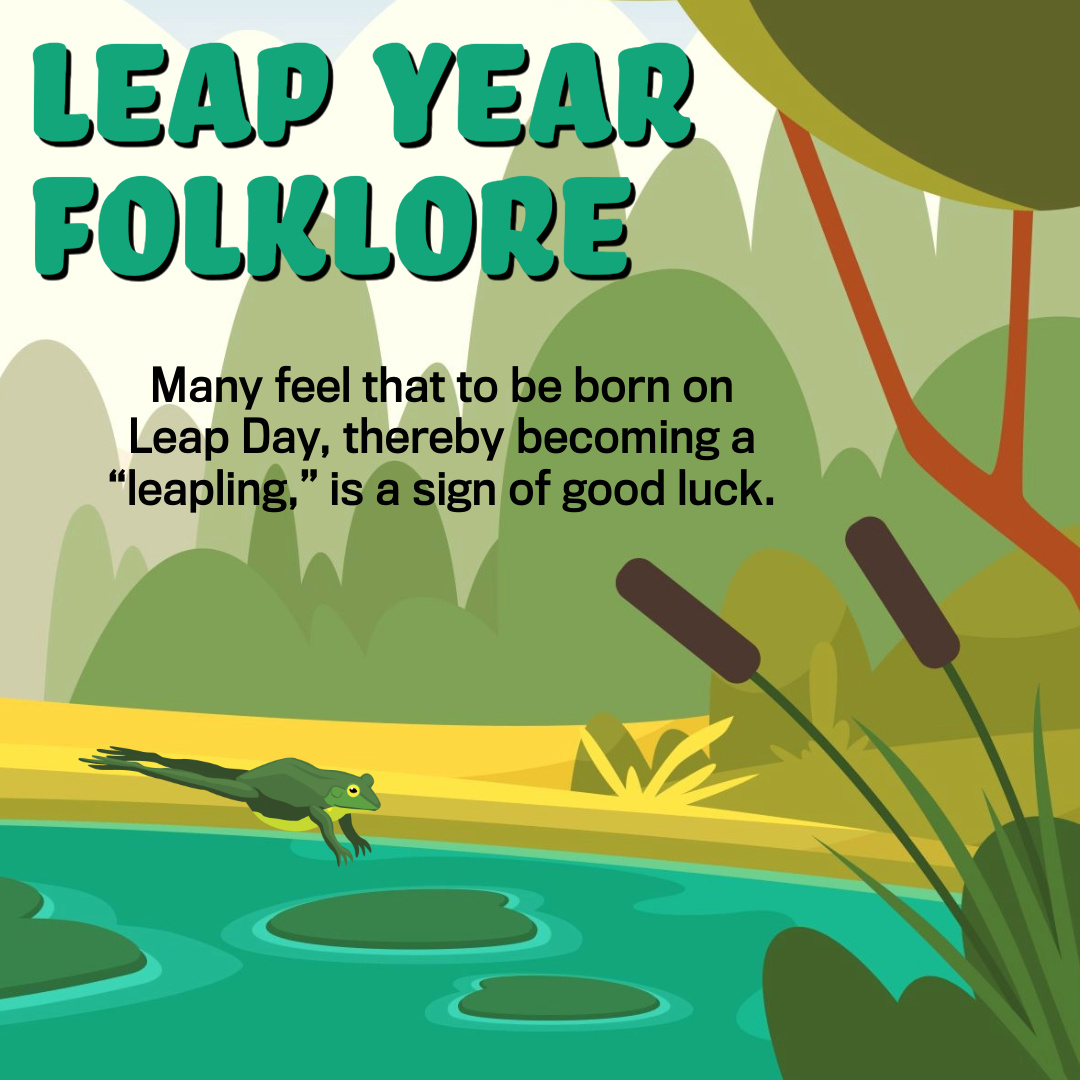
Learn How Leap Years Keep Our Calendar Accurate
I was married on leap year day 1992
Davy Jones passed away on leap day February 29th 2012 loved him on the monkeys.
Ok but why is the leap day always added on to the end of February?
Great question! As it turns out, it stems from the Roman calendar system (from which the Julian calendar and then Gregorian calendar evolved). An early Roman calendar system had 10 months (equivalent to March through December, with March starting the calendar year). Around 700 B.C., January and February were added, as part of a series of tweaks to keep things aligned with the seasons, with February originally being at the end of the year. To get things back on track with the seasons, occasionally a intercalary month called Mercedonius would be added to the calendar—in the midst of February.
At the time of Julius Caesar, the 12-month Roman calendar, based in part on lunar motion, was again becoming out of sync. Caesar, aided by the Greek astronomer Sosigenes, reformed the calendar system, changing it to a totally solar calendar: This was the Julian calendar. As part of this new calendar system, the civil year started with January and a leap day (rather than an intercalary month) was added to February every four years. Eventually, the Gregorian calendar evolved as further tweaks were made to align with Earth’s orbit.
Hope this helps! For more information, you might like the following article.
https://www.almanac.com/content/month-february-holidays-fun-facts-folklore
Greetings my identical twin and I are born on a leap year we are celebrating our 14 th birthday this year 🥳🧁👯
I am a leapling. Born February 29, 1956. Never thought much about my birthday in my younger years. But now I embrace it and have fun. In 2020, my colleagues at work gave me a sweet sixteen party. I work at a community college and plan to have a party at my house on February 29 to raise money for our Student Emergency Fund. Party attendees will also be asked to bring a canned good for our Foodbank. In 2028, I hope to visit Anthony,NM. The Leap Year capital of the world! Happy birthday fellow leaplings!
My mom was a leapling, she was born on February 29, 1936. Glorious woman and great mom. Lost her in January of 2015. She had a rough life but still had time for anyone who needed care and love. I miss her so much.
I’m a leaping! Born February 29,1968. Wouldn’t have it any other way!
Turned (Leap Year ) 18 ...Asked if I had to sign-up for the DRAFT Again !! Was told YES..And if I could do a Push-up .....Told the last time was when I fell out of bed and had to Push myself Up..............Gunny Sgt. said YOUR HIRED !! Bus is Leaving in 20 minutes !!
My youngest son is a leap year baby or baby to me. His birthday is 02/29/1992.
Happy Birthday to all



